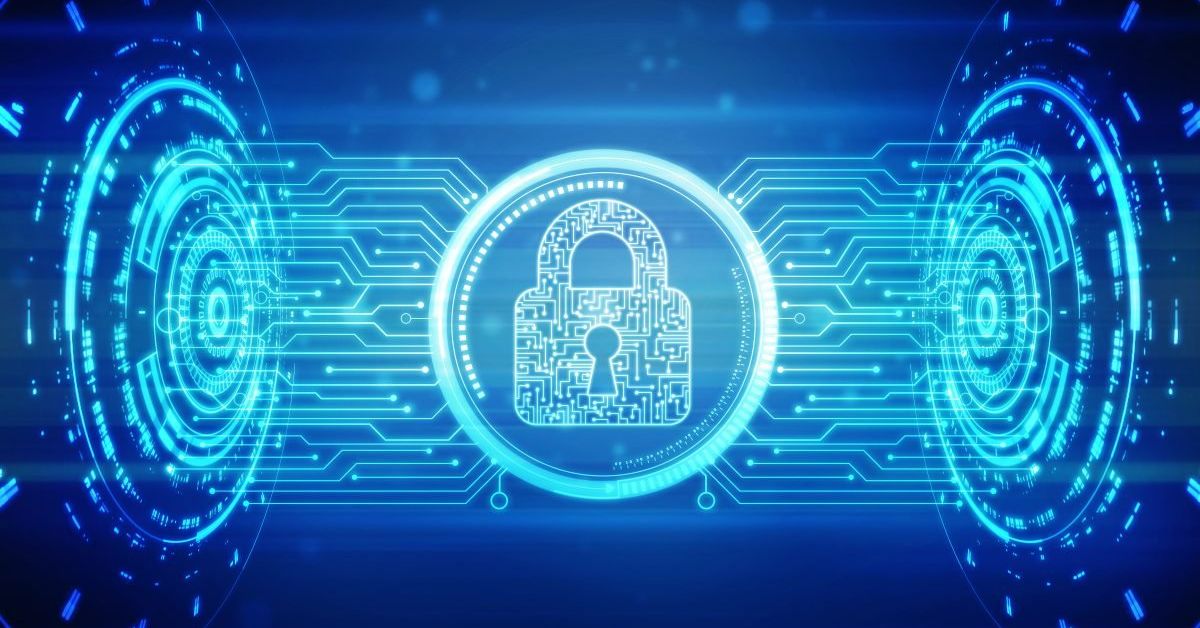In today’s digital world, where everything from communication to commerce happens online, safeguarding our information and systems from cyber threats has become a top priority. Cyber resilience, a crucial aspect of cybersecurity, empowers individuals and organizations to withstand cyberattacks and swiftly recover from any potential damages. In this blog, we will explore the concept of cyber resilience, understand its significance in protecting our digital assets, and delve into practical and straightforward strategies to strengthen it. Most importantly, we will look at the ways of improving cyber resilience.
What is Cyber Resilience?
Imagine cyber resilience as the superhero cape that shields us from the constant barrage of cyber threats. It goes beyond conventional cybersecurity practices, which primarily focus on preventing attacks, by emphasizing preparedness and the ability to bounce back when an attack occurs. Cyber resilience is akin to a safety net that ensures we don’t fall too hard, and if we do, we can quickly get back on our feet.
The Importance of Cyber Resilience
Living in a digitally interconnected world exposes us to a wide range of cyber threats, such as data breaches, ransomware, and phishing attacks. The repercussions of these attacks can be severe, leading to financial losses, reputational damage, and compromised personal information. Cyber resilience acts as our digital armor, helping us minimize the impact of these attacks and maintaining our ability to continue our online activities securely.
Benefits of Cyber Resilience
- Minimizes financial losses from cyberattacks: Cyber resilience measures reduce the impact of cyber incidents, saving money and resources.
- Ensures business continuity during incidents: Organizations can continue operating smoothly even after cyberattacks, preventing disruptions.
- Protects reputation and builds trust: Strong cyber resilience fosters confidence among customers and partners, preserving a positive image.
- Helps meet regulatory requirements: Compliance with cybersecurity regulations is achieved, avoiding penalties and legal issues.
- Secures personal information from theft: Sensitive data remains safe from cybercriminals and identity theft.
- Strengthens national security: Robust cyber resilience enhances protection of critical infrastructure and government systems.
- Boosts employee morale and confidence: A proactive approach to cybersecurity reassures employees and promotes a secure work environment.
- Enables innovation and digital transformation: With cyber resilience in place, organizations can adopt new technologies confidently.
- Encourages collaboration against threats: Information sharing and teamwork lead to more effective cyber defense.
- Adapts to evolving cyber risks: Cyber resilience strategies evolve to address new and emerging threats effectively.
Ways of Improving Cyber Resilience
1. Prioritize Cybersecurity Education and Training
Knowledge is the first line of defense in cyber resilience. Individuals and employees should undergo regular cybersecurity education and training to understand the latest threats, recognize phishing attempts, and adopt secure online practices. By empowering people with knowledge, organizations create a proactive culture that actively identifies and responds to potential cyber risks.
2. Develop and Test Incident Response Plans
Having a well-defined incident response plan is vital in cyber resilience. Organizations should create comprehensive plans detailing how they will respond to various cyber incidents. Regularly testing these plans through simulated exercises ensures that employees are familiar with their roles and the organization’s response can be executed efficiently when a real attack occurs.
3. Implement Multi-Factor Authentication (MFA)
MFA adds an extra layer of security to online accounts and systems. By requiring users to provide multiple forms of identification, such as a password and a one-time code sent to their phone, MFA significantly reduces the risk of unauthorized access. Implementing MFA is a simple yet highly effective way to bolster cyber resilience.
4. Regularly Update Software and Security Patches
Cyber attackers often exploit known vulnerabilities in software and applications. Keeping all systems and software up to date with the latest security patches is essential in closing these loopholes and reducing the risk of successful cyberattacks.
5. Conduct Regular Cybersecurity Audits and Risk Assessments
Regular cybersecurity audits and risk assessments help organizations identify potential weaknesses in their systems and processes. By understanding their risk exposure, organizations can implement targeted improvements and proactively address potential vulnerabilities.
6. Encrypt Sensitive Data
Data encryption is like placing sensitive information in a secure vault. Encrypting data renders it unreadable to unauthorized users, even if it is intercepted during transmission or stolen. This adds an extra layer of protection, especially for sensitive information such as financial data and personal records.
7. Backup Data Regularly and Securely
Data backups serve as a safety net in case of cyber incidents like ransomware attacks. Regularly backing up data and storing it securely, either offline or in the cloud, ensures that critical information can be restored in the event of data loss or corruption.
8. Foster a Cybersecurity-Aware Culture
A strong cybersecurity culture is like having an army of vigilant defenders. Encourage employees and individuals to report suspicious activities promptly. Reward proactive cybersecurity behavior and create a supportive environment that encourages cybersecurity awareness.
9. Collaborate and Share Threat Intelligence
Information-sharing and collaboration among organizations and cybersecurity communities can help preemptively identify and address emerging cyber threats. By pooling resources and intelligence, the collective ability to combat cyber risks is strengthened.
10. Continuously Improve and Adapt
Cyber threats are constantly evolving, so cyber resilience strategies must also adapt. Organizations should continuously monitor and improve their cyber resilience posture, stay informed about new threats, and update their defense mechanisms accordingly.
Conclusion
Improving cyber resilience is not a one-time effort; it is an ongoing commitment to protect our digital assets and personal information. By prioritizing cybersecurity education, implementing robust incident response plans, and employing security measures like MFA and data encryption, we can strengthen our defenses against cyber threats. Continuous improvement, proactive risk assessments, and fostering a cybersecurity-aware culture are essential in building a resilient digital future. Let’s unite in our efforts to enhance cyber resilience, and together, we can create a safer and more secure digital world.

